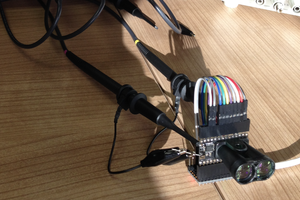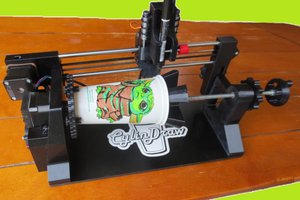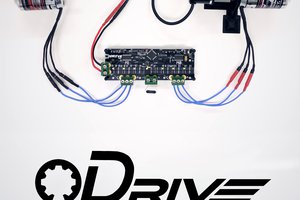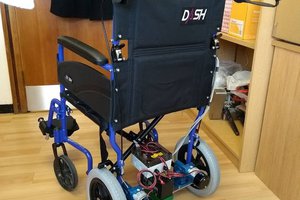Overview
The aim of our project is to design an open source, low cost astronomy tool that can aid in the teaching of amateur astronomy. Our project aims to develop interest in science and technology at a high school level through a basic introduction to the stars and some of the interesting mechanisms of our universe. The sky-map can be a difficult thing to follow when starting out in astronomy. We have designed this specifically to break that barrier, hopefully through the use of this tool the novice could teach a class on the basics of sky-watching and identifying major stars and constellations.
Here in South Africa we have a lack of adequate, well trained teachers for the most basic of subjects. As a result, only the more privileged citizens are allowed the opportunity to broaden their understanding of the world around them, and move beyond the scope of the basic education curriculum. The time it takes to train teachers in the necessary skills leaves the current generation at risk of losing out, this fits into part of our aim. We want to remove the need for specifically trained teachers and allow the already available teachers to move beyond their personal scopes.
Design
The current iteration consists of a 2-axis motor driven belt system. The custom parts are made from wood and elastic bands, while the electronics are available in most printers (A common e-waste item). The only non-salvageable part is the micro-controller (Intel Galileo, but will run on any Arduino board).
 Brendan Ardagh
Brendan Ardagh




 Laser Developer
Laser Developer
 Michael Graham
Michael Graham
 Oskar Weigl
Oskar Weigl
 adria.junyent-ferre
adria.junyent-ferre
hi there! just saw your amazing project, i was planning on building something similar! i would love to develop a 3d-printable version of this. email me - lukeboss@gmail.com lets make this happen :D cheers